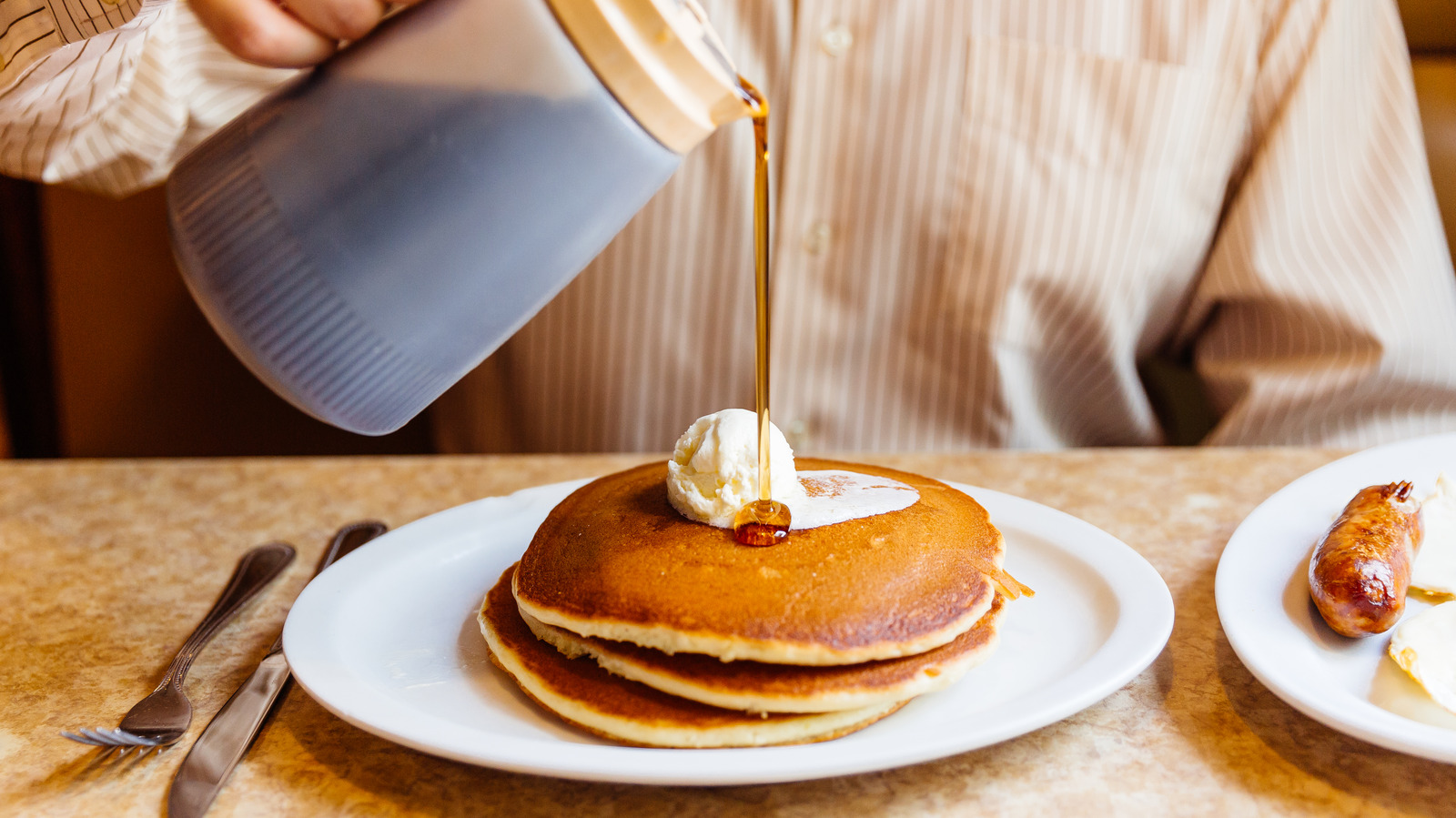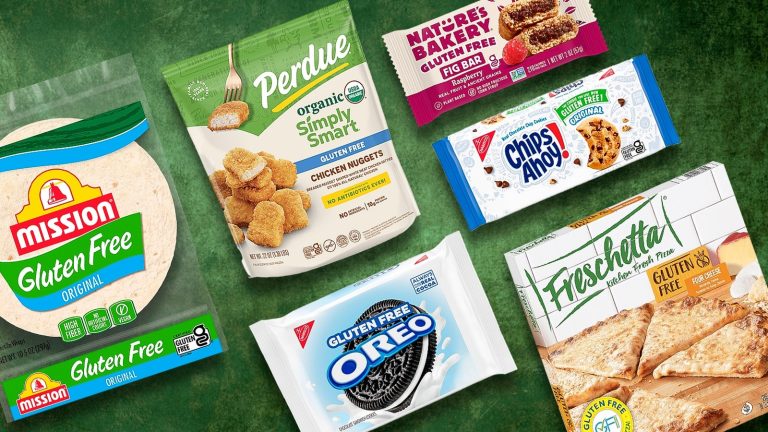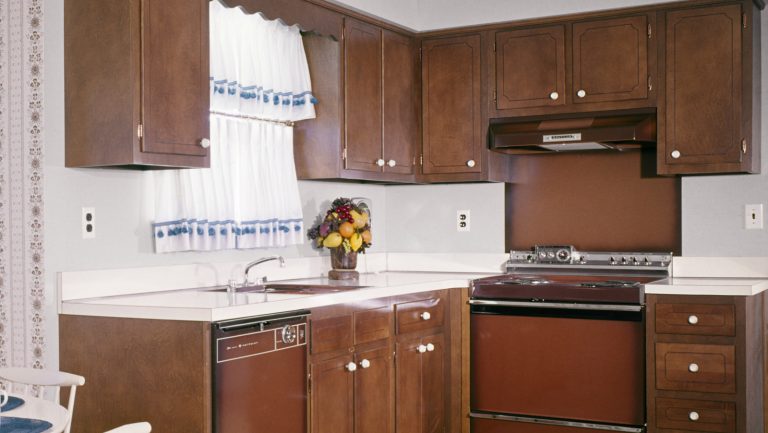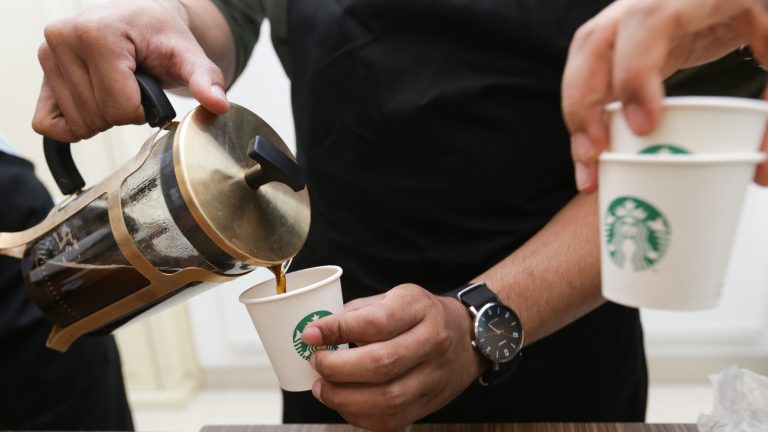Savvy shoppers check the label for ingredients of foods that may be ultra-processed and know what they’re buying. That shapely bottle of pancake syrup may look like a bottle of maple syrup, but pancake syrup is a heavily processed product and most likely doesn’t contain a drop of real maple syrup. For example, you’ve probably figured out there’s no butter in Mrs. Butterworth’s, but it’s also primarily made of high fructose corn syrup, regular corn syrup, and water, and its maple flavoring is entirely fabricated using artificial ingredients with a little molasses tossed in for coloring. On the other hand, maple syrup made in Vermont or Quebec — the two major producers of maple syrup in the world — by law must be a pure distillation of maple sap with nothing else added. In other words: It’s the real thing.
The U.S. and Canada work together to ensure the purest product, most recently adopting the same standards for grading maple syrup. The FDA, however, has no set standards for pancake syrup but does have regulations for labeling the type of sugar that’s added to a multi-ingredient product. Manufacturers are required to list the nutritional value of products but not how much sugar is actually added to it. You also shouldn’t be fooled by a pancake syrup that’s marketed as all natural, like Log Cabin, which states that it has no high fructose corn syrup. Log Cabin’s claim is true, but instead, its table syrup is made of brown-rice sugar, brown sugar, and undisclosed “natural flavor.”
There’s also a big difference in price
There are many pancake recipes that are finished off with honey or brown sugar rather than syrup. But sometimes, you want that weekend morning taste of maple — or maple flavoring — drenched over your flapjacks. If pancakes or waffles are part of your breakfast repertoire, you may forego spending considerable money on a bottle of pure maple syrup. And undoubtedly, pancake syrup is much cheaper, so if you’re budget-conscious — and who isn’t these days? — you’ll bypass the pretty maple-leaf bottles and grab your less-expensive syrup of choice.
There’s a reason why there’s such a price difference between pancake syrup and maple syrup. Because there’s no maple syrup — or a minuscule amount of it — in pancake syrup and it’s manufactured almost entirely of sugar or corn syrup, it’s much cheaper to make on a large scale. Maple syrup, however, is made in small batches from the sap of sugar maple trees that can only be tapped between late February and early April, approximately four to six weeks per year. The sap is boiled down and concentrated — approximately 40 gallons of sap produce one gallon of syrup — graded for color and flavor, and bottled. In Canada, if the syrup doesn’t meet exact standards, it’s not sold as maple syrup. It’s all very labor intensive and time-consuming, but the results are undeniably delicious.
Finally, if you’re wondering if maple syrup expires, it does, but since pancake syrup has preservatives, you can still use it for at least a year after opening.






